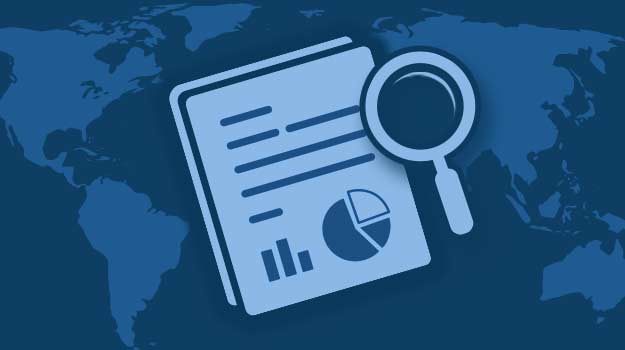Student Research Reports
UNDERSTANDING THE LAND COVER/LAND-USE RELATIONSHIP AND TO ENHANCE THE VALUE OF A LAND COVER MAPPING PRODUCT FOR THE PLANNING AND MANAGEMENT OF NATURAL RESOURCES AND/OR ENVIRONMENTAL CHANGE STUDIES
Organization(s):EBENEZER AFRICAN CHURCH PRIMARY SCHOOL 1
Country:Nigeria
Student(s):1. SANNI ALIYAH AYOMIDE
2. DOTO SEKINAT
3. BAMGBOYE SAMUEL
4. RAFIU AZEEZAT
5. IDRIS RAHMAN
6. IDRIS RAHEEM
7. OLUYIDE PRECIOUS
Grade Level:Upper Primary (grades 3-5, ages 8-11)
GLOBE Educator(s):NOJEEM OLANREWAJU SANNI
Contributors:MR. ADEYEMI OLAMILEKAN JONGBO
MR. IDRIS AJAKORE
MR. KAZEEM PETER B.
MRS. ADEDOKUN JANET I.
Report Type(s):International Virtual Science Symposium Report
Protocols:Clouds, Land Cover Classification, Mosquitoes, Soil Moisture - SMAP Block Pattern
Presentation Video:
View Video
Presentation Poster:
View Document
Language(s):English
Date Submitted:01/19/2021

The availability of timely, reliable land-use information is becoming more important than ever in decision supporting processes at various levels, both within a country and between countries. Understanding the role of land-use in natural resource management and environmental change studies requires the availability of spatial land-use data. At the local scale, historical aerial photographs and farming systems studies may help to generate these data, at a national or regional scale the collection of land-use data has to rely mainly on the availability of statistical, non-spatial data and satellite imagery. Annual estimates for most types of agricultural commodities are usually available as statistical data at (sub) country level (e.g., administrative unit). However, the user of such data remains uninformed as to where, i.e. the geographic location, these commodities are grown. The increasing availability of modern technology such as satellite imagery, geographic information and analysis systems and global positioning systems are tools that allow the production of reliable spatial (statistical) data. However, these technological advances are hampered by the lack of widely accepted methodologies for description and characterization of land-uses, which would facilitate data collection and assure harmonization between data sets in a country and between countries. The availability of advanced tools should go in parallel with enhanced methodological developments to obtain the improved data required for informed decision-making.
Land cover is defined as that which one can observe on the surface of the earth (Di Gregorio and Jansen, 2000), whereas land-use relates to the manner in which these biophysical assets are used by humans (Cihlar andJansen, 2001). Since use depends largely on the land characteristics (i.e. cover, form, position, substratum, etc.), there is a close relationship between land cover and land-use. However, land cover observation does not automatically mean land-use definition because land cover and land-use, though interrelated, are not identical.





